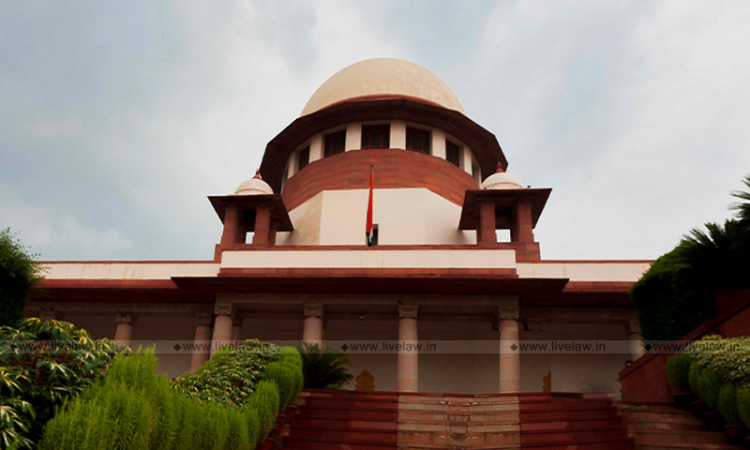The Supreme Court observed that evidence given by a witness can not be discarded as a whole on the ground that it is exaggerated."To make a mountain out of a molehill, the molehill shall have to exist primarily. A Court of law, being mindful of such distinction is duty bound to disseminate 'truth' from 'falsehood' and sift the grain from the chaff in case of exaggerations", the bench...

